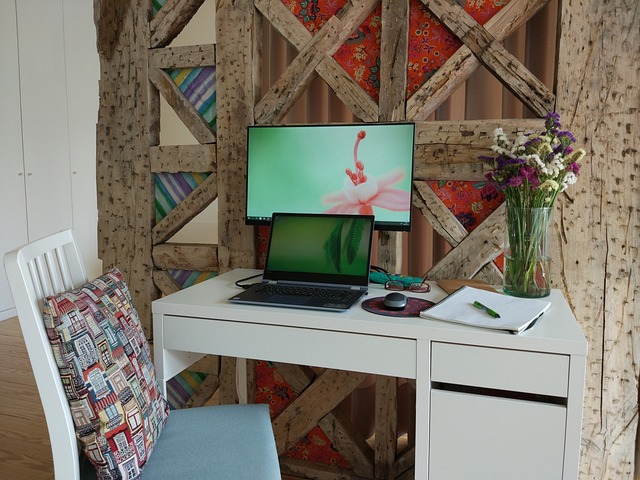Remote work has been gaining popularity over the past few years. More and more companies are switching to this format. In 2019, it was a forced measure to protect colleagues from contracting the coronavirus. Today, it's a new way to save money, time, etc. Thanks to remote work, everyone can manage their time without being tied to a specific place of residence. Therefore, the need for a remote desktop arises. Thanks to modern technology, the issue of connecting to a work computer is solved with a few clicks of the mouse.
What constitutes a remote desktop?
The primary purpose of a remote desktop is remote management. Employees and IT professionals can perform essential tasks from anywhere. Its most common use case is troubleshooting device issues. In addition, IT teams can install security updates and patches without disrupting their workflows. In addition, you can install audio for a remote desktop. This is necessary to set the sound on the computer from which you want to play a specific file.
So, how does a viral desktop work for companies? Each employee is provided with a virtual desktop. All virtual desktops are located on the company's private network and are completely isolated from the Internet. These virtual desktops can connect to the company's existing infrastructure via a secure connection tunnel. Software specialists usually handle this.
Ensuring safe use of the virtual desktop
Data is completely isolated and protected. The user's device (desktop, laptop, or tablet) connected to his virtual desktop cannot access the data. Only the virtual desktop image is transmitted to the end devices.
The most significant advantage of remote desktops is that company data is not stored on the user's device, which never has access to the company's internal network.
This is already an advantage when employees work on the road with a corporate laptop, but it becomes even more important when working from home with a personal device. Private devices rarely meet corporate security standards, which is a severe risk. More robust security features apply if employees access internal company resources via a virtual desktop.
Benefits of a virtual desktop
Remote desktop connectivity has significant benefits for companies of all sizes. Employees can complete any task anytime because they can access their work computers from their home devices, allowing them to utilize all of their work computer resources from virtually anywhere. This dramatically increases productivity and flexibility.
-
It's a valuable tool to create a mobile help desk that allows employees to quickly troubleshoot and resolve software issues for all team members, even if they don't work in the same office.
-
In a constant digital world, this efficiency is essential to meet deadlines and stay ahead of the competition. Thanks to technology, today's companies can reduce costs by completely outsourcing IT operations.
-
You can remotely connect printing, sound, files, and folders.
Thus, the virtual desktop opens up great opportunities for companies. It can be used not only for employees' remote work but also to reduce the number of wires in the workplace. There is a way to set up virtual access to the printer and other sources.
How remote desktop access works
Once the connection between the client and server is established, the two monitors mirror each other and function as one computer.
But remote desktop technology is different from a simple toy. A protocol is established for smooth operation. This network channel allows information to be transferred between two devices. It uses the same transport protocol for transmission as most Internet functions. That is, it establishes a protocol connection and connects to a device.
Thus, the advantage of a remote desktop is its high performance. When you use it, you have direct access to the processing power of the host device to utilize the full capabilities of a high-performance computer, even with a cheap laptop. Remote desktop connectivity can even reduce your bandwidth load.
Features of the work
Companies have two options for regulating their employees' access to the Internet. You can allow them to connect their virtual desktop to the local gateway. In addition to access through the virtual desktop, it will be as if users were accessing the Internet from the office.
Companies can deploy as many virtual desktops as needed, from a few to hundreds, without changing infrastructure. You can also choose which operating system. Virtual software is available for each user separately. You may need to install additional applications during the process. It may be sound, printer, and so on. Perhaps some internal programs that the company uses daily.
So, virtual desktops are a great alternative when you need to provide remote access to your employees. Or if companies need to organize their workspace correctly. A remote desktop ensures the safety of work and the security of company information!


